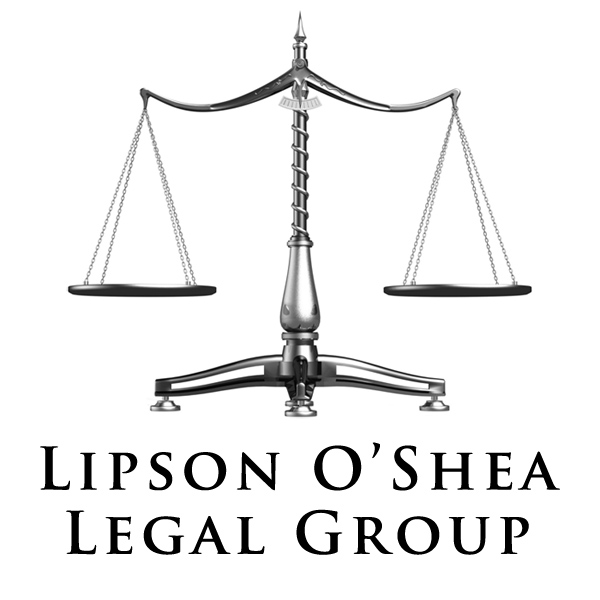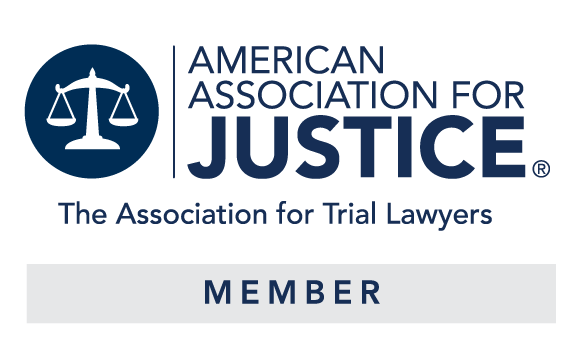A study found lead, cadmium and even arsenic in an alarmingly high number of plastic toys made in the 1970s and 1980s.
One in four toys contained more than 10 times current safety limits for lead; a third of non-vinyl toys violated standards for both lead and cadmium; and a fifth contained arsenic.
Researchers from St. Ambrose University conducted this study and noted, "The developing brains and bodies of infants and young children are especially vulnerable to toxic exposures because they absorb and retain lead more efficiently than adults."
While many may find it to be cost effective and even beneficial to use old toys passed down through the generations, doing this can potentially increase your child’s risk of lead poisoning.














